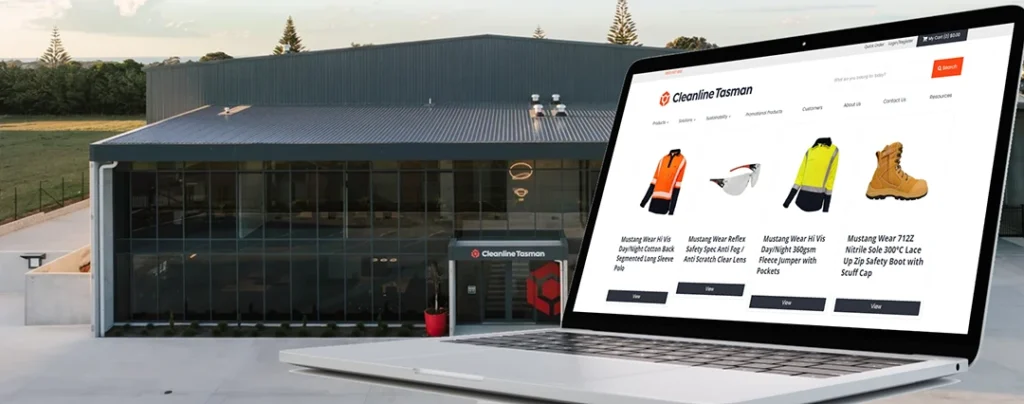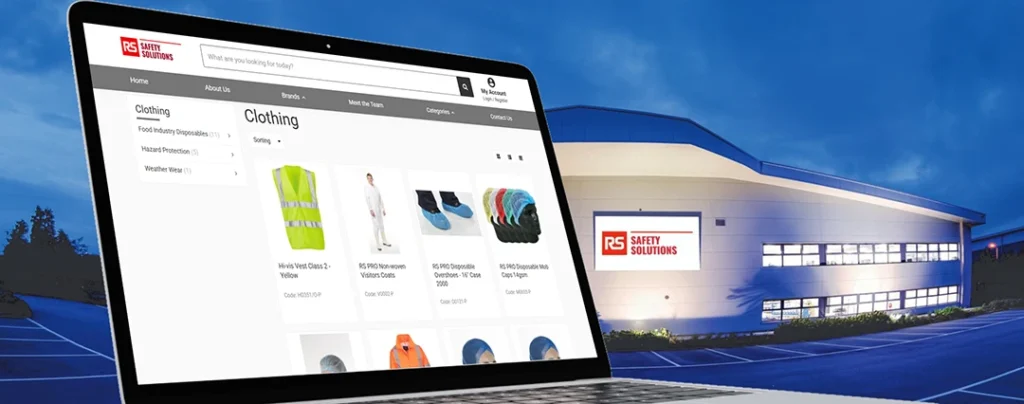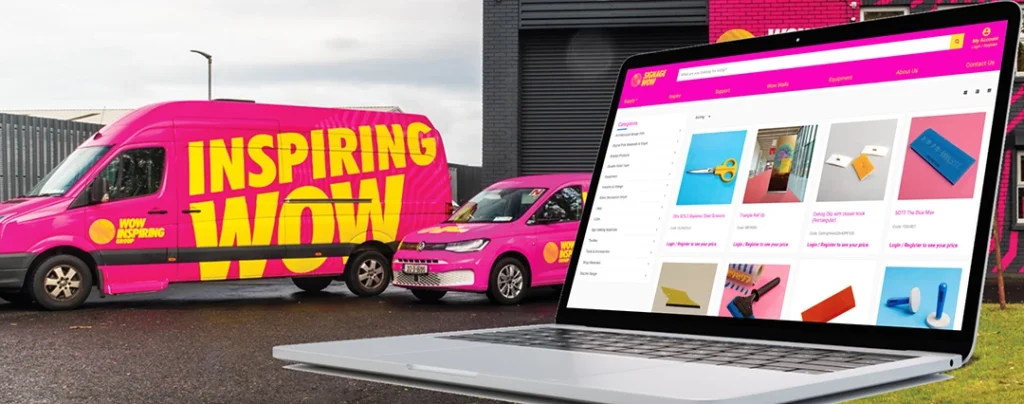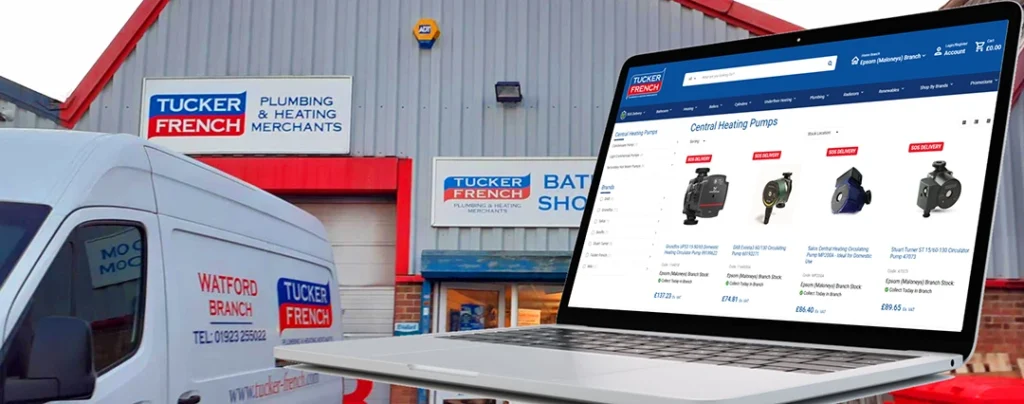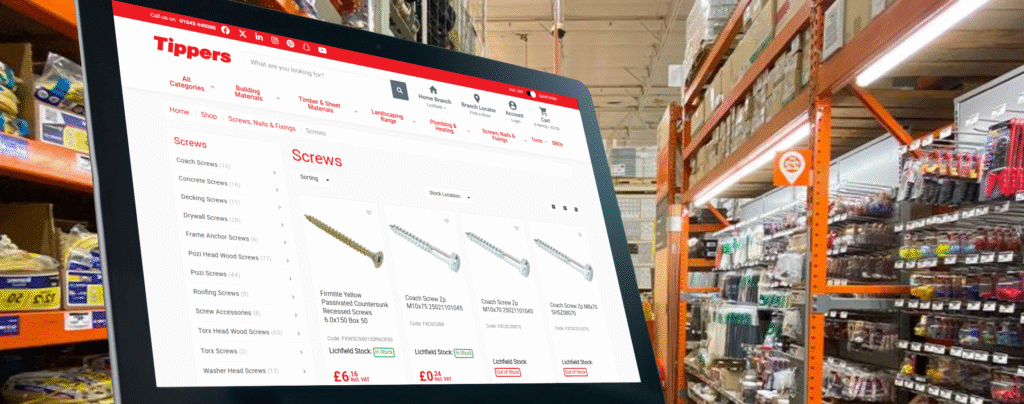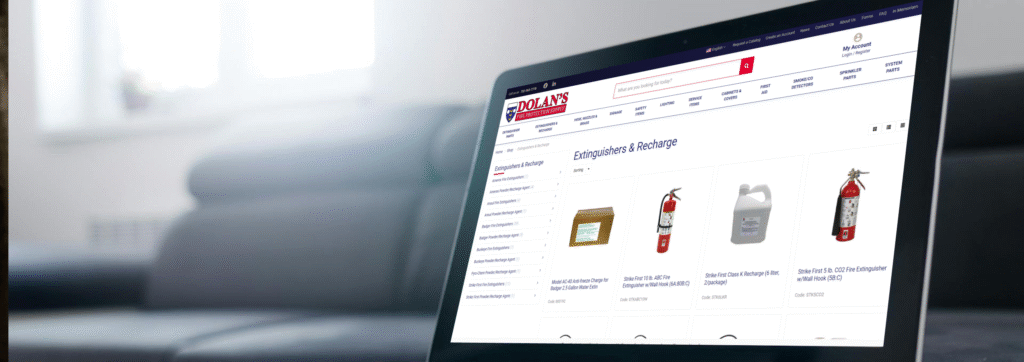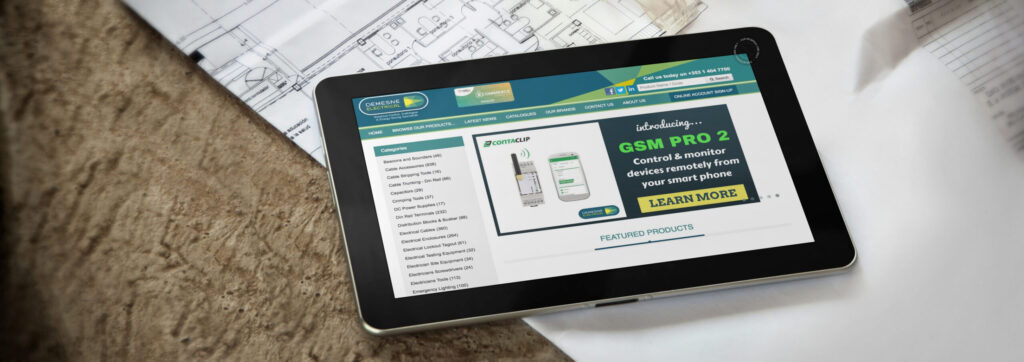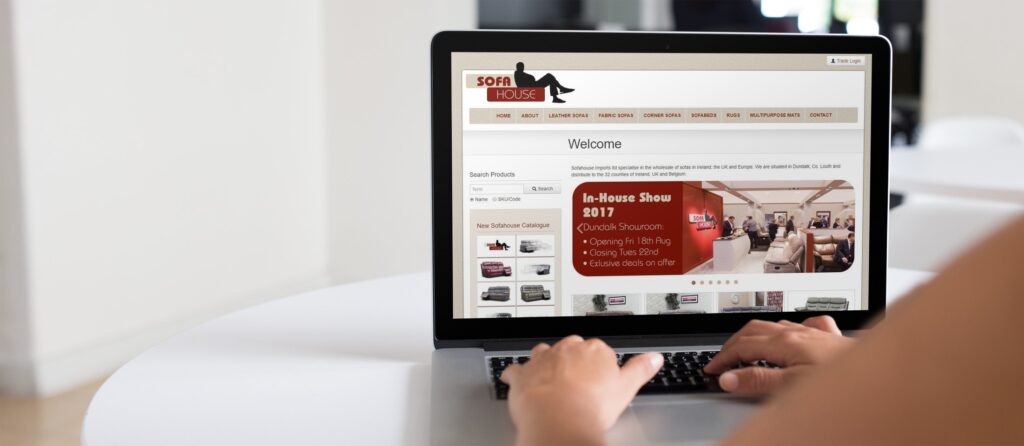Pricing can make or break a deal in competitive B2B markets and companies are constantly walking a fine line between offering attractive prices and protecting their profit margins. It’s a challenging balancing act because obviously, you want to stay competitive, but you also want to maintain a healthy bottom line.
This is where CPQ (Configure, Price, Quote) solutions—like Experlogix—can be a huge help. While they may not be marketed as dedicated “pricing tools”, CPQ systems play a big part in helping you nail your pricing strategies.
In this article, we’ll explore three key ways CPQ solutions can help you not only compete in saturated markets but actually help you thrive—without sacrificing profitability.
The Role of CPQ in Competitive Pricing
A CPQ system uses a set of rules to automatically generate quotes, taking into account discounts, quantities, and customizations. It means you can dynamically price packages and products based on a customer’s unique situation. This is gold in fast-moving, competitive B2B environments where stalling for even a moment can lose you a potential lead.
One of the main advantages of a CPQ is how it simplifies and speeds up the entire quoting process. Instead of manually calculating prices and trying to account for all the different factors that go into a competitive offer, CPQ systems automate most of the heavy lifting. This means you can respond to opportunities quickly with accurate, almost personalized pricing.
Just to be clear here, CPQ isn’t a direct competitor analysis tool—it can’t see or use competitor pricing in its end result, but it is an enabler for competitive pricing tactics, and here’s why:
It’s core features champion speed
CPQs use automated pricing rules to make sure every quote is accurate and consistent. It factors in things like volume discounts, customer-specific pricing, and even regional variations so you can make confident pricing decisions without constantly needing approval from higher-ups.
CPQs also let you manage discounts—and we all know how much consumers (both B2B and B2C) love a discount. It lets you create rules around discount thresholds so sales teams know exactly how far they can go without hurting your profit margins. As you can imagine, this takes a lot of the guesswork out of negotiations.
For example, an electronics manufacturing company could offer a 5% discount when a client orders 1,000 units but an 8% discount for 2,500 units. These dynamic thresholds allow you to push for larger orders while staying profitable (and rewarding customers who buy more from you).
It integrates seamlessly with your CRM
A huge part of competitive pricing is understanding your customers on a granular level and using that data to quote the right price, all things considered. When a CPQ system integrates with your CRM (and most of them do), it makes sure all relevant customer data—like purchase history and contract terms—flows seamlessly into the quoting process.
This means you can tailor quotes based on highly specific customer details and adjust them quickly to meet any sudden shifts in the market.
Book a call with our team to see how Experlogix’s CPQ can help you stay competitive on pricing.
Strategy 1: Real-Time Pricing Adjustments to Match Market Conditions
Staying competitive often means being able to adapt your pricing at a moment’s notice. Whether it’s a sudden shift in market demand, a competitor lowering their prices, or seasonal fluctuations, being able to adjust quickly can be the difference between winning or losing a deal. But manually keeping up with these changes often isn’t feasible—it’s time-consuming and can lead to costly mistakes.
A CPQ system can automatically adjust pricing in real time using pre-defined rules. These might include things like changes in supplier costs, new competitor pricing, or even customer-specific factors like loyalty discounts or bulk order thresholds.
Let’s use an example of a company that experiences seasonal demand fluctuations—maybe they sell industrial equipment that’s in high demand during the summer months. With a CPQ system, they can set up automated pricing rules that increase or decrease prices based on the season. When demand rises, the system automatically raises prices slightly to capitalize on higher demand without the sales team needing to do anything.
On top of this, if competitors start offering promotions during the off-season, the system can trigger a competitive pricing adjustment.
Here are some other ways you can use a CPQ for real-time pricing adjustments:
- Competitor pricing monitoring. Integrate your CPQ with external pricing intelligence tools to monitor competitor prices that trigger an automatic adjustment or targeted discounts to match a competitor’s offer.
- Dynamic pricing based on supply chain costs. Automatically adjust prices when costs change across the supply chain.
- Volume-based pricing adjustments. Adjust pricing based on the size of an order and automatically apply bulk discounts or tiered pricing.
- Seasonal demand pricing. Automatically raise prices during peak seasons and lower them during slower periods.
- Pricing adjustments for urgent orders. CPQ systems can apply surcharges for last-minute or priority orders as well as rush orders or expedited services.
- Geographic-based pricing adjustments. Automatically alter prices based on local market conditions, including currency fluctuations, local competition, and regional demand.
- Customer-specific pricing. A CPQ system can offer highly personalized pricing based on a customer’s past buying behavior and preferences.
- Trigger-based discounts. Apply discounts when specific conditions are met—e.g. If a competitor launches a time-limited discount campaign, the system can automatically apply a similar discount to quotes within the same timeframe.
Strategy 2: Customizable Discount Management for Price Optimization
Discounts can be great for winning over price-sensitive customers, but they also have the potential to eat away at your margins if they’re not managed carefully. With a CPQ system, you can set flexible, customizable discount rules to control how much discount is applied and who it’s applied to.
You can create discount rules that vary based on customer segments, deal sizes, or competitor factors—e.g. you might want to offer bigger discounts to long-term clients or bulk orders while keeping tighter discount limits on smaller, one-time deals.
The beauty of this flexibility is that your sales team can offer competitive pricing on the spot without having to check in or go back and forth with management. Via the CPQ system, they can see exactly how much discount they can offer while keeping within profitability goals.
Here’s what this might look like in action. Say there’s a sales team negotiating with a price-sensitive customer who’s shopping around for the best deal.
Through the CPQ system, the sales rep can see exactly how much discount they can offer based on the deal size and the customer’s past relationship with the company. The system might allow a more generous discount for this specific customer because they’ve been a loyal client or because their order is large enough to justify it. At the same time, the CPQ makes sure the discount doesn’t drop below a set profitability threshold.
Strategy 3: Guided Selling to Optimize Price and Product Combinations
One of the standout features of a CPQ system is its guided selling functionality, which helps you suggest the best product and price combinations based on a customer’s needs.
For example, if a customer shows an interest in a specific solution, the system can suggest complementary or higher-value products that go hand-in-hand with that solution.
What makes guided selling particularly powerful is that it doesn’t just push the most expensive options. Instead, it actually helps you present competitively-priced solutions that are well-aligned with a customer’s unique needs. This means customers feel like they’re getting the best value for their money and it **makes sure you’re not leaving money on the table.
Via the CPQ’s guided selling feature, the system can recognize if a client could benefit from a premium version of the product. It might include advanced features or additional services the client didn’t initially ask for but might hugely benefit them.
Here’s what that might look like if you’re selling a mid-tier IT service package to a client. The CPQ system analyzes the client’s purchase history and might suggest an add-on cybersecurity solution, which tallies up with their past purchasing behavior. The system can then automatically add a discount to the bundle, helping the sales rep close a higher-value deal that meets the client’s needs.
How CPQ Helps You Adapt Pricing on the Fly in Competitive Markets
While CPQs don’t directly compare pricing across competitors and the general market, they can help you make your pricing more competitive.
By adjusting prices in real time based on actual things happening in the market, you can jump on opportunities as soon as they crop up while still making a profit in slow seasons. And, with the CPQ’s discount management feature, you can reward loyal customers and create discounts on the fly to seal the deal.
All three of these strategies give your sales team autonomy too. They can create unique pricing situations for each individual customer based on their wants and needs without having to consistently get the go-ahead from higher-ups. This keeps the sales cycle in motion and means you can close deals quickly.
The good thing is you can integrate your CPQ system with your CRM. This automatically transfers data between the two tools so you can use detailed customer data to create tailored pricing that makes sense for each deal.
Ready to see how Experlogix CPQ can help your business excel at competitive pricing? Schedule a demo today and find out how you can streamline your pricing strategies and boost your competitive edge.

